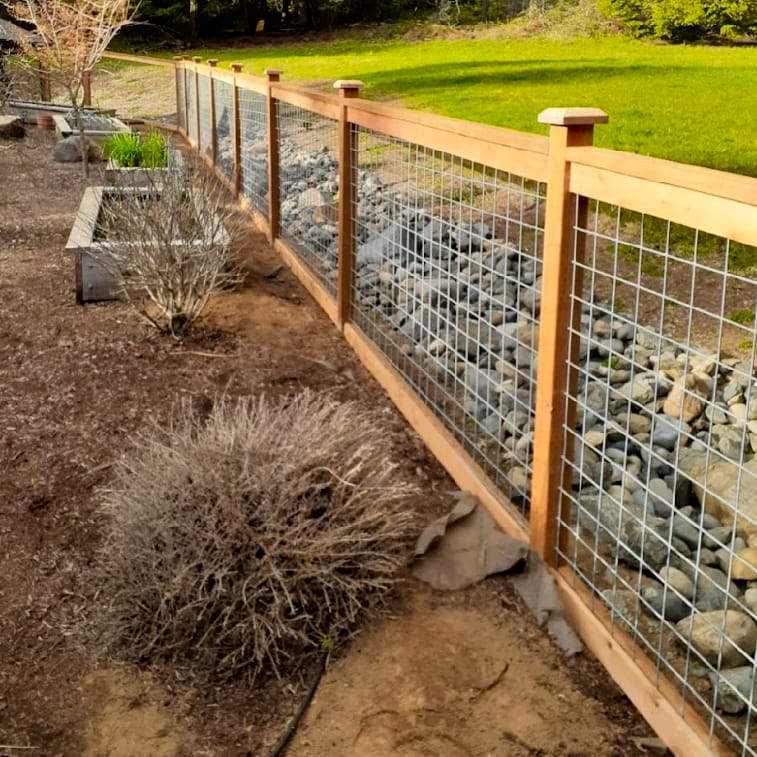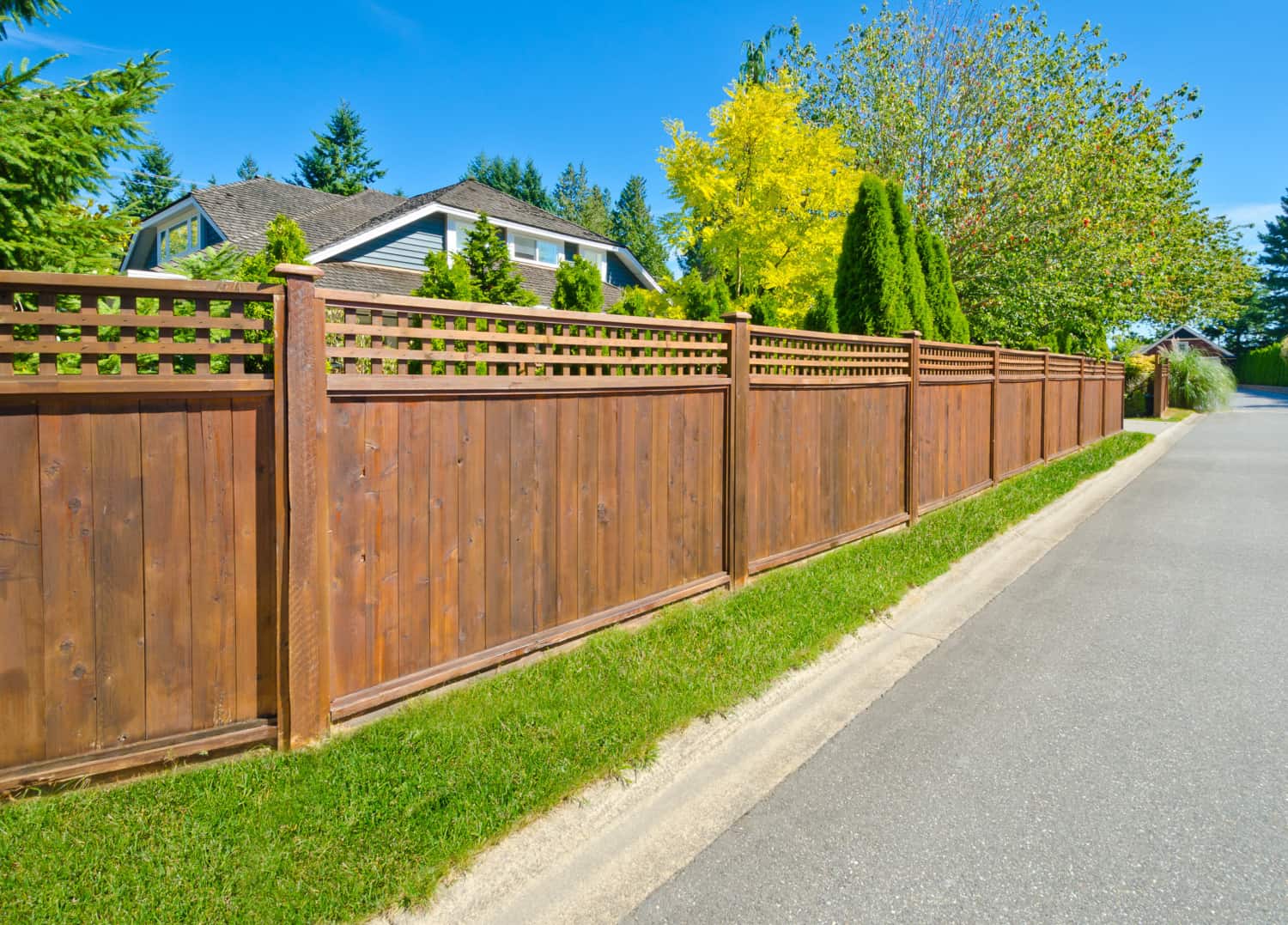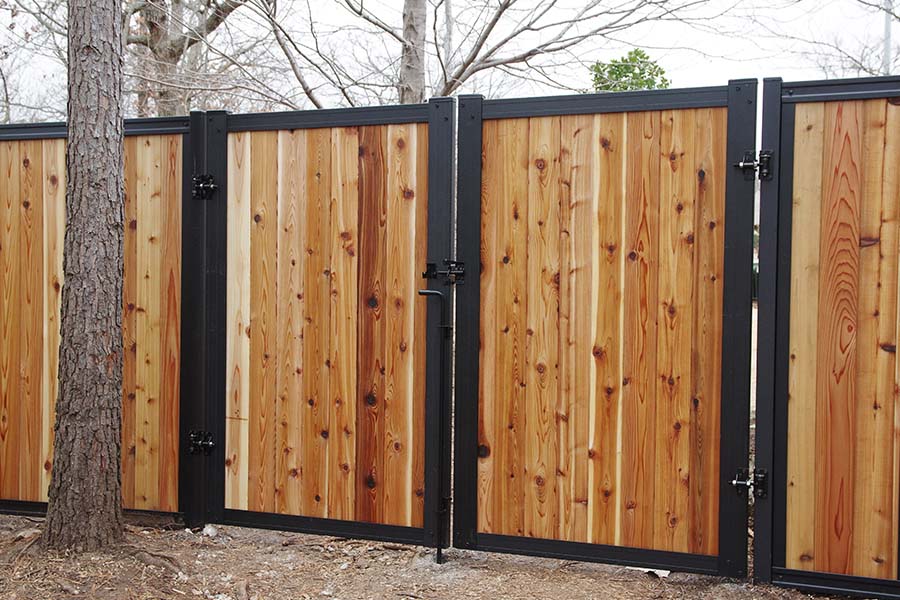All Categories
Featured

As sustainability comes to be an expanding concern for home owners and services, the demand for environment-friendly building products includes outside areas, consisting of fences. Traditional fencing materials such as wood, plastic, and metal can have significant environmental influences, from deforestation to chemical treatments and plastic waste. There are numerous environment-friendly fencing alternatives readily available that not just reduce the carbon impact yet also supply durability and visual appeal. Let's discover some of one of the most sustainable and popular fencing materials that can help you go environment-friendly while still improving your building's personal privacy, design, and safety.
- Bamboo Fence. Bamboo is among one of the most sustainable products on the market, and it is progressively made use of in fence building as a result of its rapid development and stamina. Unlike wood trees, bamboo is a lawn that can expand back fully within simply a few years, making it very renewable. It's normally immune to pests and rot, which means it does not call for extreme chemicals or therapies, making it an eco-friendly option.

Conveniences: Bamboo fencings are durable, low-maintenance, and naturally degradable. They are normally resistant to termites and moisture, minimizing the need for chemical preservatives. Furthermore, bamboo helps in reducing dirt disintegration as a result of its deep origin systems. Considerations: Bamboo can be more pricey than some typical timber fence choices, and it may not be ideal for locations with extreme chilly or freezing temperatures, as it can come to be breakable gradually. 2. Recycled Materials Secure Fencing. Several makers currently supply fences made from post-consumer plastic, recycled timber, or even repurposed steel. Many composite products, for instance, are made from recycled plastic bottles, timber scraps, and various other products that would or else be thrown out.
Benefits: Recycled product fences assist preserve natural deposits, minimize air pollution, and reduced the ecological effect of the manufacturing procedure. They can likewise use excellent durability, resisting degeneration, mold, and termites. Considerations: While recycled material fencings are green and highly resilient, they may not have the very same natural aesthetic that some homeowners seek. Manufacturers currently supply designs that mimic the look of wood or stone. 3. Composite Secure fencing. Compound fence is made from a blend of wood fibers and plastic, commonly including recycled materials. This combination creates a very sturdy, low-maintenance fence that does not call for regular paint or staining, making it a sustainable option. Compound fences are resistant to rot, pests, and weathering, which implies they can last for many years without the demand for constant substitutes.

Perks: Compound fences are resilient and can stand up to severe weather, decreasing the need for repair services or substitutes. Since composite materials typically consist of recycled material, they help minimize plastic waste. Additionally, they do not call for unsafe chemicals or treatments. Considerations: Compound fencings can have a greater upfront price than traditional timber or plastic, though their resilience and decreased upkeep costs frequently make them an extra cost-efficient alternative in the lengthy run. 4. Living Fencings. Living fences, also called hedges, are an environmentally friendly and visually pleasing alternative that includes planting thick shrubs, trees, or climbing plants along your residential property line to produce a natural obstacle. Popular plants for living fences include boxwood, privet, and holly. These plants can be expanded to provide privacy, windbreaks, and sound reduction while adding to ecological health.
Conveniences: Living fencings promote biodiversity, enhance air high quality, and absorb carbon dioxide, making them one of the most green fence choices. They also supply an all-natural habitat for bugs and birds and can lower environmental pollution and aid regulate temperatures in your yard. Considerations: Living fencings call for regular maintenance, such as cutting, watering, and sometimes pest control. They additionally require time to establish and may not supply immediate privacy contrasted to solid wood or vinyl fencings. 5. Cedar and Redwood Secure Fencing. Cedar and redwood are preferred all-natural timber options for fencings. These products are sturdy and normally immune to rot, insects, and wetness, which indicates they generally don't need making use of hazardous chemical treatments. When sourced from sustainably managed woodlands, cedar and redwood fences can be an eco-friendly choice that supplies both elegance and longevity.
Perks: These woods are naturally degradable, eco-friendly, and offer excellent toughness and natural appeal. Cedar and redwood likewise have a lower environmental impact when harvested properly, making them an environment-friendly choice for numerous property owners. Considerations: While cedar and redwood fencings have environmental advantages, they do still call for periodic maintenance and are extra pricey than other wood options. It is essential to make sure that the wood is sourced from lasting forests to optimize its environmental benefits. 6. Rock and Brick Secure Fencing (Redeemed) Rock and brick fencings are extremely durable and low-maintenance, and they can be eco-friendly when made from redeemed products. Recovered rock and brick are usually recovered from old structures or construction projects, lowering waste and saving natural deposits. These materials use a classic appearance and are extremely immune to weathering, making them a long-lasting option for secure fencing.
Advantages: Recovered rock and brick are sturdy, aesthetically pleasing, and require minimal maintenance. By repurposing these materials, you help in reducing the demand for new sources and lower waste in landfills. Considerations: The setup of rock and block fencings can be labor-intensive and extra pricey contrasted to various other materials, however their longevity and low upkeep requirements can make them affordable in the future. Verdict. Environmentally friendly fence options are not only helpful for the atmosphere however also supply durability, low upkeep, and aesthetic allure. Whether you choose bamboo, recycled products, composite fence, living fences, or lasting timber like cedar and redwood, there are many methods to decrease your environmental impact while boosting your residential property's appearance. By picking these eco-conscious materials, you can add to a much healthier planet and develop an outside space that mirrors your worths.
Latest Posts
Good Eats with a Shore Vibe at Deauville Inn
Published Apr 20, 25
1 min read
Market Your Car in Minutes with Ron Marhofer Hyundai
Published Apr 20, 25
1 min read
Why Trust NAPA AutoCare? Montclare Auto Repair Delivers the Best Service
Published Apr 20, 25
2 min read